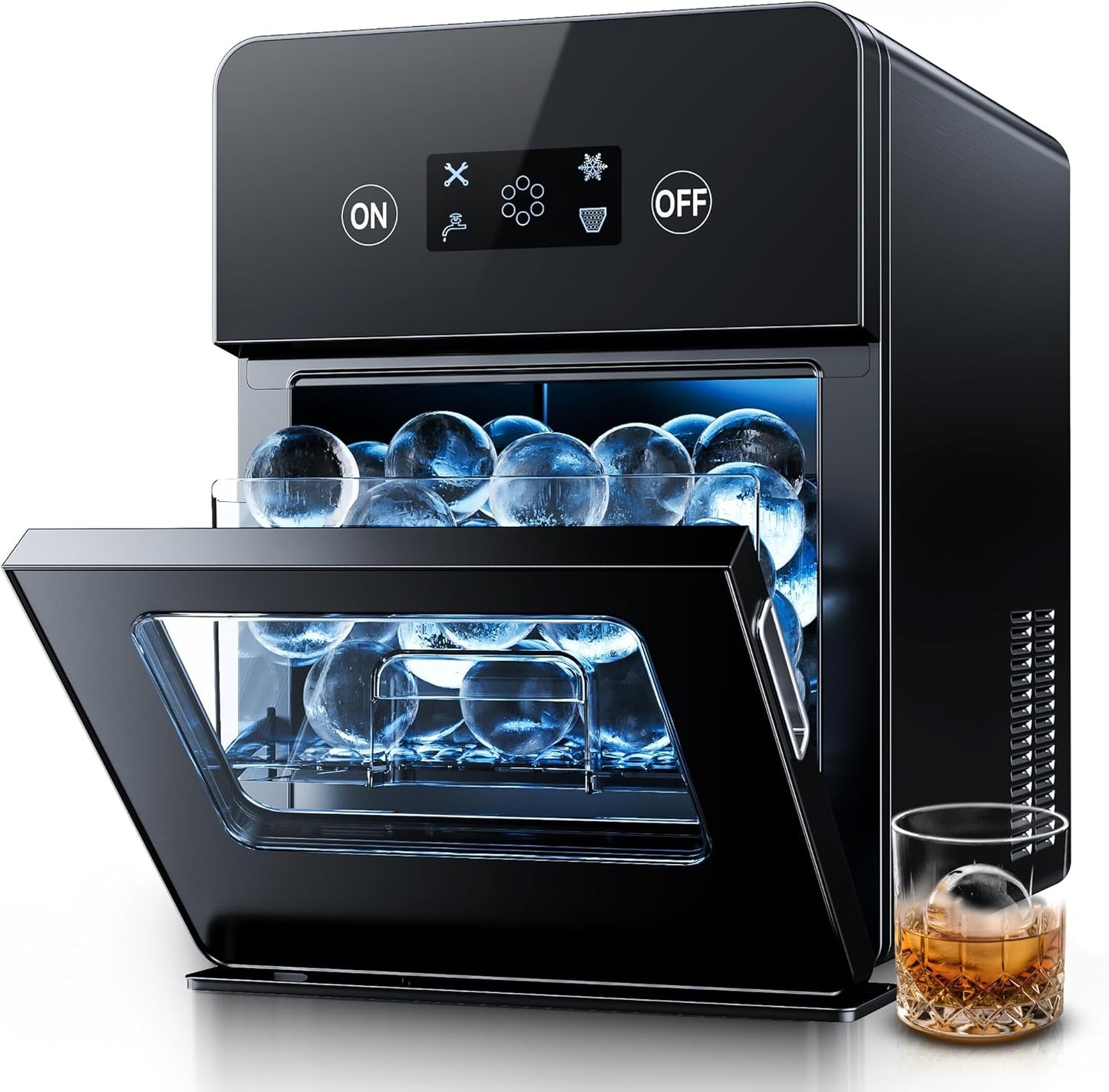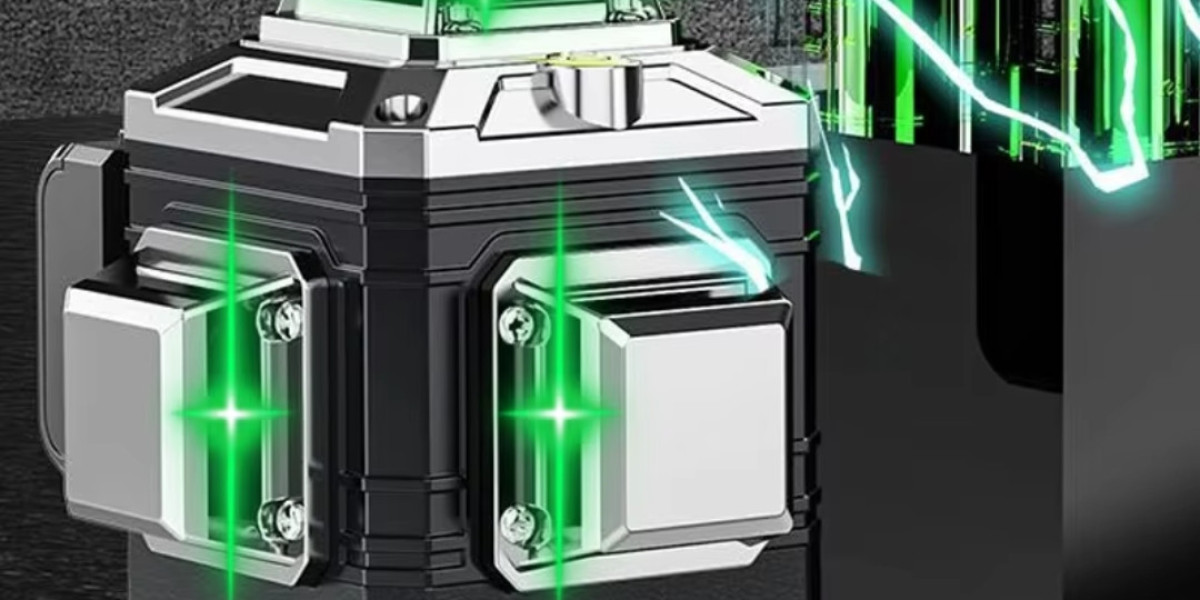Unlock the Secrets: How Portable Ice Makers Transform Your Summer Chill
As the temperature rises and summer approaches, the significance of ice in our daily activities becomes increasingly apparent. Whether you're hosting a backyard barbecue, enjoying a refreshing drink by the pool, or embarking on a camping adventure, having a reliable source of ice is essential for keeping your beverages cool and your guests refreshed. This is where portable ice makers come into play, revolutionizing the way we think about ice production. These compact machines have become indispensable tools for convenience and enjoyment during the hot months, ensuring that ice is just a few moments away, no matter where you are.

Understanding Portable Ice Makers
Portable ice makers are compact appliances designed to produce ice quickly and efficiently, making them ideal for various settings, from home kitchens to outdoor gatherings. Unlike traditional ice-making methods that rely on a freezer and take hours to produce ice, portable ice makers can generate ice within minutes, providing a constant supply of fresh ice on demand. These machines are particularly beneficial for those who entertain frequently or enjoy outdoor activities, as they eliminate the need for bulky ice trays or constant trips to the store for bags of ice. With their user-friendly designs and streamlined operation, portable ice makers have emerged as a summer essential for anyone looking to enhance their chill experience.
How Portable Ice Makers Work
The working mechanism of portable ice makers is both fascinating and efficient. At the core of the process is the refrigeration cycle, which involves several key components that work together to produce ice. Initially, the machine starts by filling its water reservoir with water. Once the reservoir is filled, the compressor activates, drawing the water into the evaporator. Here, the refrigerant circulates through the coils, rapidly cooling the water. As the water freezes onto the evaporator's surface, the ice forms in a series of small, hollow pellets. Once the ice reaches the desired thickness, a heating element briefly warms the evaporator, allowing the ice to slide into the ice bin. This entire process typically takes anywhere from six to fifteen minutes, depending on the model and settings.
Key Components
Understanding the essential parts of a portable ice maker can give you insight into its functionality. The primary components include the water reservoir, which holds the water necessary for ice production; the compressor, which circulates the refrigerant and cools the water; and the ice tray, where the ice forms. Some models also feature a drainage system to remove excess water, ensuring that the process remains efficient and clean. Each of these components plays a crucial role in the seamless operation of the machine, allowing users to enjoy fresh ice without the hassle of traditional ice-making methods.
Benefits of Using Portable Ice Makers
There are numerous advantages to using portable ice makers, making them an attractive option for ice production. One of the most significant benefits is convenience; these machines provide ice quickly, which is perfect for impromptu gatherings or last-minute plans. Additionally, the speed at which portable ice makers operate means you can enjoy fresh ice without waiting for hours, as you would with conventional ice trays. Furthermore, the quality of ice produced is often superior, as the machines create ice that is clear and free from impurities. This high-quality ice enhances the taste and presentation of your beverages, making every sip more enjoyable. Moreover, portable ice makers are energy-efficient, consuming less power compared to running a full-size freezer to produce ice.
Tips for Choosing the Right Portable Ice Maker
When selecting a portable ice maker, there are several features to consider to ensure you choose the best model for your needs. First, assess the size and capacity of the machine; if you plan to use it for large gatherings, opt for one with a higher ice output. Additionally, consider the machine's energy efficiency rating, as this can save you money on your electric bill over time. Portability is another critical factor; look for a model that is lightweight and easy to transport, especially if you plan to use it for camping or parties. Finally, check for additional features, such as self-cleaning functions or adjustable ice sizes, that can enhance your user experience.
Maximizing Summer Fun with Portable Ice Makers
In conclusion, portable ice makers are remarkable appliances that significantly enhance our summer experiences by ensuring a steady supply of ice for all occasions. Their efficient working mechanisms, combined with the numerous benefits they offer, make them a worthy investment for anyone looking to elevate their summer gatherings. By understanding how these machines work and what to look for when choosing one, you can enjoy the convenience and enjoyment they bring to your life. So, as you gear up for the warm months ahead, consider how a portable ice maker can transform your summer chill and keep the festivities rolling smoothly.







